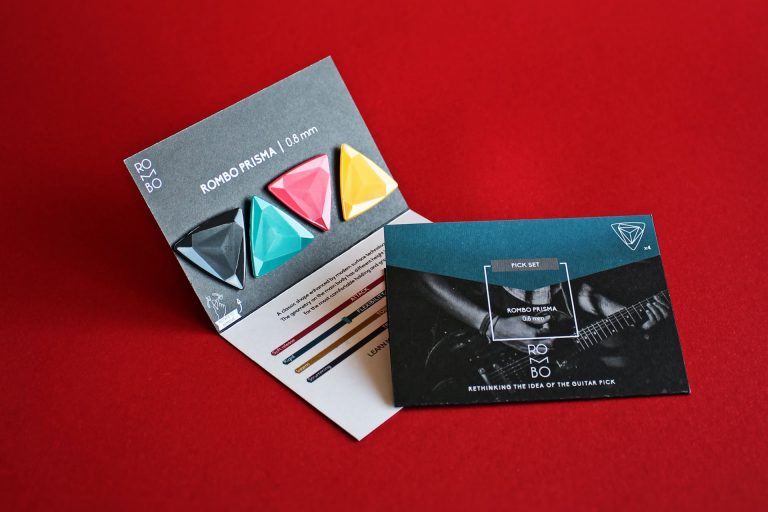The 7 Ps of the Marketing Mix
As marketing is a continually evolving discipline, companies can find themselves left behind by their competition if they stand still for too long. Marketing can be viewed as the process in generating underlying strategies to create interest for products or services which are sold by a business. These strategies give direction for the sales, business communications and business development functions and is an integrated process of value creation and customer relationship.
The aim of marketing is to gain an advantage in the marketplace to increase your companies’ sales and profits. When deciding to develop a marketing strategy a good place to start is by analysing the marketing mix in regards to your business. The marketing mix is a marketing concept or a set of tools used to help businesses to achieve marketing objectives. In service marketing this concept is made up of 7 elements that can be controlled by a company to help influence their target market to purchase products and services.

Marketing Mix Definition | The 7 Ps of the Marketing Mix
These elements are as follows:
People – This element refers to the business owner and staff that participate in the service delivery. It is the personnel that represents the company’s values to the customer and are the Interactions between employees and customers. This element should give direction to the company’s staff recruitment, training, uniforms, scripting, queuing systems, complain handling and all social interactions.
Product – This element refers to a tangible (physical product) or intangible (service or idea) item that satisfies the customer’s needs or wants. It is what the company is selling and incorporates all the features, advantages and benefits. Considerations should be made in terms of the styling, quality, repairs and product accessories to resonate with the target market.
Price – This refers to the price strategy the company uses for its products and services and how it affects its customers. It may also be considered as the sacrifices the customer is prepared to make to obtain the product, for example the time or effort it takes. The price element in the marketing mix should direct the decision making in regards to the price strategy, price tactics, price setting, rebates, discounts and payment terms. It is important to identify and consider how much your customers are prepared to pay, the amount of mark-up you need to cater for overheads and the profit margins.
Place – This element refers to the company’s distribution channels to reach the market as well as its physical location. It is the “indirect or direct” channels used to reach the market and can be considered as the retail outlet, geographical distribution, territorial coverage, market location, catalogues, inventory, logistics and order fulfillment. It is important to identify how this element will effect sales and profits.
Promotion – Promotion refers to all the ways you communicate your products or services and how you market and sell them. This element includes advertising, public relations, selling and sales promotions. When analysing this element against your business model you need to consider the messages strategy and ask what needs to be communicated. Once the message has been defined considerations need to be made in terms of the channels the message will be delivered through and the message frequency.
Process – In service marketing the process element refers to the process of which the service is delivered which includes the procedures, mechanisms and work flow. Processes are a critical element in service marketing and involve planning, monitoring and tracking. The creation of key performance indicator, blueprinting, and the preparation of operations manuals are all part of the process element
Physical evidence – This element in service marketing refers to the environment where the service takes place. It is everything your customers see when interacting with your business and is the tangible commodities that facilitate the service delivery. All the Signage, furniture, equipment, access, product packaging, interior designs and spatial layout are all parts of the physical evidence element.
Analysing the 7 Ps against your business model will help you develop a set of marketing tactics which can be used in a variation of combinations to satisfy customers in your target market. These elements are subject to your internal and external marketing environment and can be controlled to benefit the company. The concept of the marketing mix is fundamentally sound and should be adapted by marketers to include the changes in communications and technology. Marketers must figure out a way to incorporate the marketing mix with new marketing platforms such as social media and they should strive to continually adapt it to manage customer expectations in a constantly changing environment.







